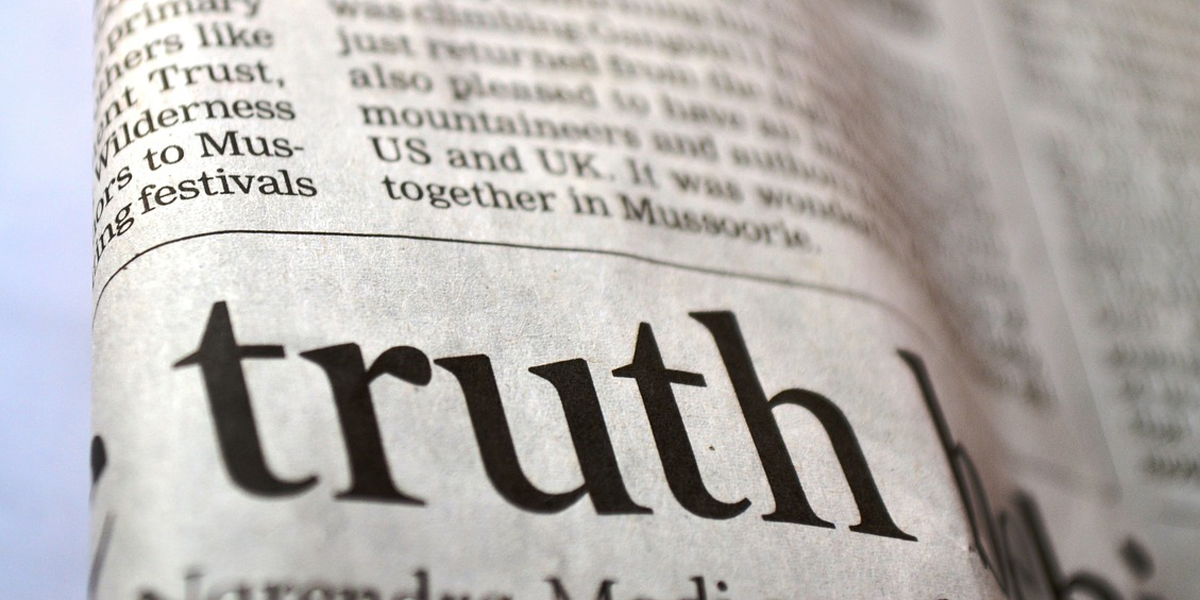
This article was originally published by Political Violence @ a Glance on 23 January 2020.
Social media has proved an essential tool for catalyzing political activism and social change around the world. Yet, the very features that make it so useful to those with greater-good intentions—scalability, mobility, and low costs to entry—also make it prone to manipulation by malign actors who use it to spread disinformation and divisive rhetoric. These bad actors looking to sway public opinion include both fringe groups and well-funded, highly staffed government institutions. With the US presidential election approaching, voters and policymakers are rightly concerned with what should be done to mitigate the flurry of fake news stemming from beyond the border.

